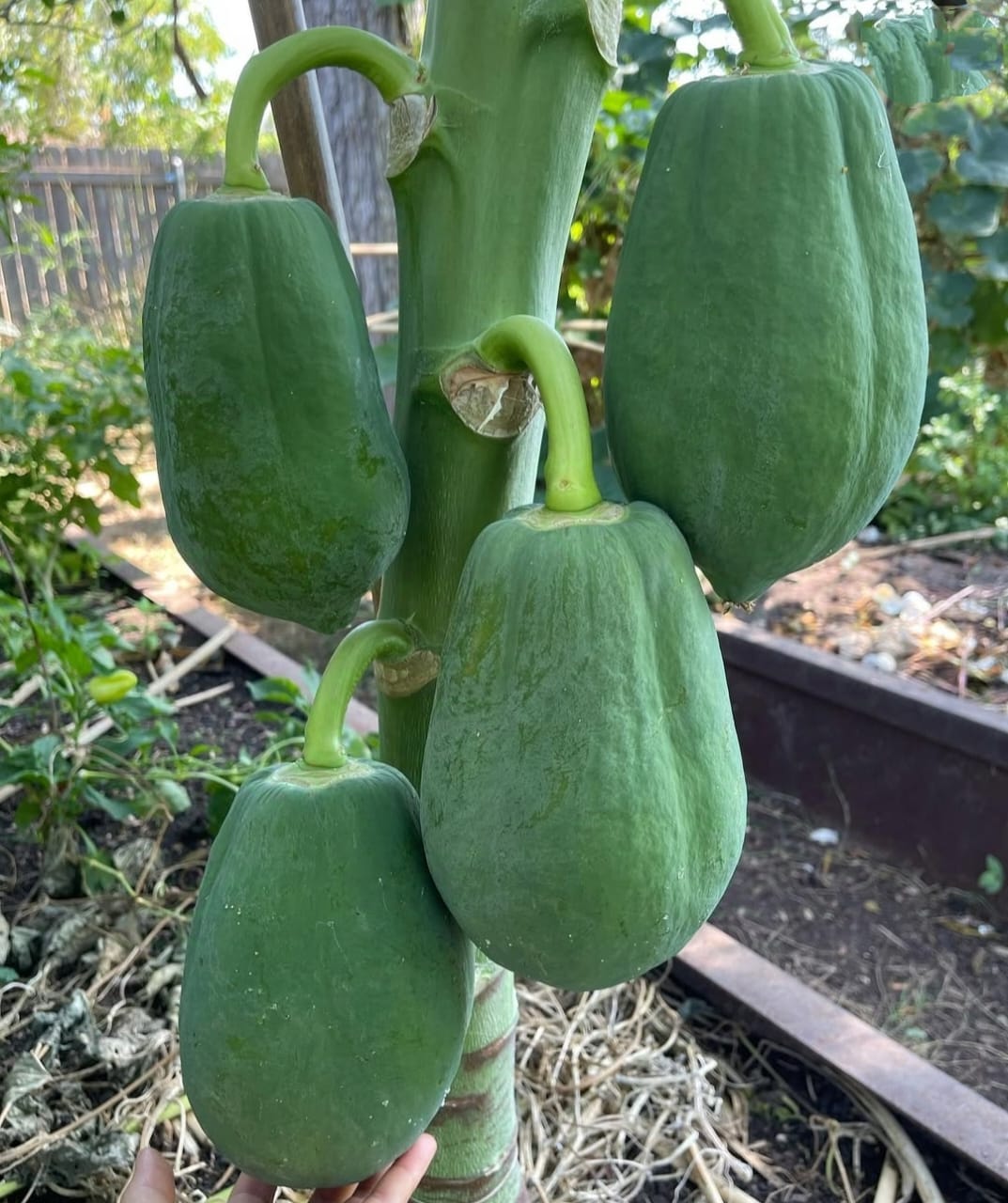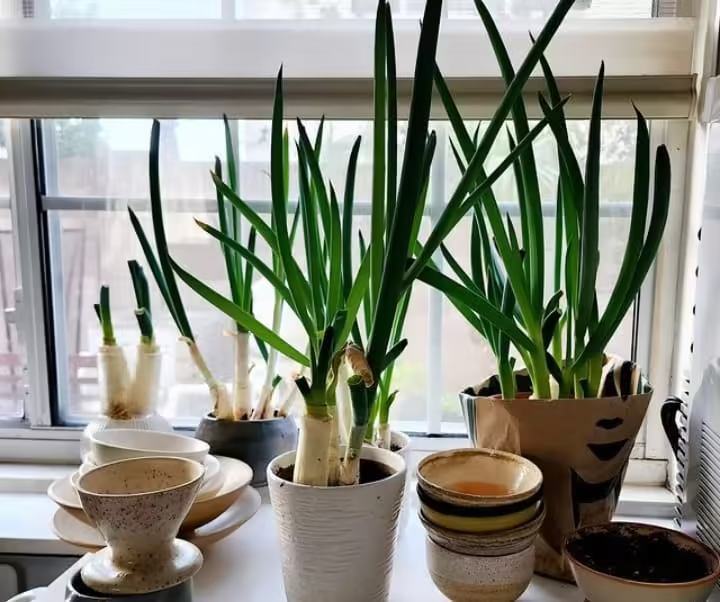Magnolia Tree is valued not only for its fragrant flowers and sweet fragrance but also because of the significant roles it plays in medicine and culture. Being part of the family Magnoliaceae, these trees stand as among the oldest living things, dating back millions of years. This is especially why magnolias are often planted as lovely trees within gardens and public parks because of their large fragrant blooms and glossy green leaves. However, there is more than meets the eye from the tree itself. Being used for generations now in both traditional medicine and home cures, this one goes with many health benefits
Historical Significance of Magnolia Tree

Magnolia Tree is highly valued and respected not only in Eastern but also in Western cultures. In a number of cultures, the tree, named after the French botanist Pierre Magnol, is used as a symbol for nobility and tenacity and purity. In China and Japan, the plant is loved as a symbol of feminine softness and beauty. Magnolias are referred to, in the Southern United States, as symbols of hospitality and are mostly related to dignity and grace.
Magnolias have been for thousands of years used in traditional Chinese and Japanese Kampo medicine and other types of traditional medicines. The societies make medicines from their diseases using the tree’s bark, blossoms, and seeds.
Magnolia Trees and Oxygen Production
Magnolia Tree absorb carbon dioxide and give oxygen through the natural respiration process of photosynthesis, purifying the air. In polluted towns like in parts of the USA, it has the added benefit of fresh air through having magnolias.
Their large leaves allow them to absorb much more carbon dioxide than most other smaller plants, so they excel at removing pollutants from the air. Indeed, magnolias have become widely planted in American parks, gardens, and along city streets as well because of their beauty and also to improve the air. Additionally to absorbing air, magnolias emit oxygen; thus, clean fresh air is provided for anyone and everyone.
Improving air quality, and removing pollutants from it, is the very difference between good and bad health in urban populations. Generally speaking, trees help minimize respiratory conditions by taking away bad particles from the air, and magnolias, with their broad leaves and expansive canopy, happen to be particularly efficient at this, being so important a part of the American landscape and especially found in cities.
Types of Magnolia Tree

- Magnolia grandiflora (Southern Magnolia) – Perhaps the most classic variety of magnolia within the USA and the Southern Magnolia is an evergreen tree that reaches 80 feet tall. With its giant white blooms that are up to 12 inches in diameter and highly fragrant and this magnificent tree is seen across southern territories like Georgia, Louisiana and Mississippi. The main value of this tree lies both in its appearance and its hardness that making it one very common ornamental.
- Star Magnolia (Magnolia stellata) – Star Magnolia is one of the smaller types of magnolias and reaches a height of 15 to 20 feet. White or pink and star shaped flowers appear in early spring when its leaves are already out. So, this plant is widespread in different residential locations around the United States and especially in the northeast and midwest areas.
- Saucer Magnolia (Magnolia × soulangeana) – Saucer Magnolia is most often used in the USA because of their huge tulip shaped flowers in pink, white or purple. This is a large tree about 20-25 feet tall and can be noticed very much in urban gardens and parks during spring with striking appearance. Because of its relatively smaller size and it can easily be used in residential areas.
- Sweetbay Magnolia (Magnolia virginiana) – South eastern United States is native to a semi-deciduous tree, Sweetbay Magnolia with lemon scented white flowers. Its height reaches from 10-35 feet. It appears often where it is wet or not very far from water. A versatile choice for planting within different regions across the USA given the tolerance to various soil types and conditions.
- Cucumber Tree (Magnolia acuminata) – It is an evergreen tall tree up to 80 feet height with cucumber shaped fruits. Small yellow green flowers that bloom and native to eastern parts of the USA such as the Appalachian Mountains. It does not dominate in urban landscapes however it forms an important component in American natural forests.
Benefits of Magnolia Trees

Magnolia trees have been employed since ancient times for medicinal purposes. In this regard, magnolia trees contain bark, flowers and leaves that are rich in natural chemicals offering immense health benefits to people. Recently, magnolia trees have also gained popularity in the USA in addition to their aesthetic appeal as their potential therapeutically active properties.
- Anti-Inflammatory Action
Honokiol and magnolol are two major compounds with potent anti-inflammatory powers extracted from the bark of magnolia. They have been used for thousands of years to treat various conditions, including arthritis, pains due to associated joints, as well as other inflammatory diseases. Many of today’s herbal supplements sold in the USA contain magnolia bark extract because it is a natural anti-inflammatory compound .
2. Relief from Stress and Anxiety
Another traditional use of magnolia bark is to calm the nerves by lowering the anxiety and stress level. This is due to its ability to suppress cortisol activity, which is a stress hormone. Magnolia bark supplements and teas are becoming increasingly popular in the United States as natural treatments for people under pressure, such as those with anxiety and stress, giving an alternative that is softer than pharmaceuticals.
3. Sleep Aid
Magnolia bark also helps with sleep. It has mild sedation effects that help cure any form of insomnia or disturbed sleep as a natural remedy. By causing relaxation, magnolia bark has increased chances of falling asleep much quicker and having better quality of sleeping days. It is very useful for people experiencing stress-related disorders that cause sleeplessness, which is commonly seen in people in all the parts of the USA.
4. Digestive Health
This herb has been part of traditional medicine in treating digestive issues like bloating, gas and even indigestion. It is increasingly used in the United States for herbal formulations toward gut health. The herb is soothening to the digestive tract and can avoid discomfort after full meals.
5. High in Antioxidants
Magnolia trees are very rich in antioxidants especially in the bark and flowers. Antioxidants neutralize free radicals responsible for cell destruction and chronic diseases. Magnolia is believed to slow the aging process and protect against illnesses such as cancer and hence its popularity in American dietary supplements.
Home Remedies with Magnolia
Magnolia is widely utilized throughout hundreds of years within many folk remedies, it is also commonly assumed that small portions of its bark, flowers and even leaves, can be mixed and brewed for extremely simple, herbal remedies.
1. Magnolia Bark Tea for Relaxation
Boil a tablespoon of dry magnolia bark in water and allow to steep for 10-15 minutes. Drink this tea and to combat with stress and promote relaxation. It’s especially great for sleep improvement.
2. Magnolia Flower Water for Skin
Steep magnolia flowers in hot water for 15 to 20 minutes. Use that as a natural toner for your face. It reduces the inflammation and brightens it.
3. Magnolia Mouthwash for Fresh Breath
Mix one teaspoon of magnolia bark extract with one cup of water and use it as mouthwash. The kills bacteria freshens breath and induces healthy gums.
For Fitness Blog- Click Here
In the End
Magnolia trees give elegance, health benefits and environmental values to the American landscape. With any type of magnesium tree, there are a variety of advantages, such as improved air quality, production of oxygen and natural remedies that can aid in inflammation, stress and digestive disorders. They are favorites in gardens and parks all over the United States because of their aesthetic view and versatility.
The magnesian tree benefits any location, either in their health benefits as sources of natural medicine or just as ornamentation. Besides the enthusiasm of seeing the world become a healthier environment by producing oxygen and cleansing the air of pollutants, their therapeutic value directly affects human health.
Disclaimer
In this article Information contained is for general information and not for medical use. Before using any of the natural remedies, advice from a healthcare professional or your doctor is mandatory. Effects of magnolia tree products could be different for everyone; professionals may be consulted for proper health care.

Ankush Kumar is a professional content writer and the founder of Healthnick.com. He is a health and wellness enthusiast with a deep interest in nutrition, fitness and holistic living. Harish is committed to delivering research-based insights on various health topics. He enjoys exploring new trends in health, experimenting with nutritious recipes, and staying active.






